Omega 3 Fatty Acids

Omega 3 fatty acids are such a hot topic in our society today. As a doctor, I can tell you that it is by far the most important supplement that I recommend to all of my patients. Every single one!
As a chiropractor, I am concerned about a proper nervous system function, healthy spinal ligaments and disc spaces, preventing the arthritic process from accelerating, combating osteoporosis and helping with the symptoms associated with rheumatoid arthritis. All of which Omega 3 fatty acids have a tremendous impact upon.
In addition to that, they also help with numerous other health issues. Deficiencies are very common in western societies mainly because our food supplies are laden with omega 6 fatty acids. Also they are considered essential fatty acids, meaning that our bodies DO NOT make them.
Therefore, we must obtain them from our diets! The ideal Omega 6 to Omega 3 ratio is 1:1. Unfortunately in America those ratios range anywhere from 20:1 to 50:1. This can lead to significant health problems. An increase in Omega 6 fatty acids lead to increased inflammation in the body. The main sources of Omega 6 fats are vegetable oils such as corn and soy.
Scientists believe the increase of Omega 6 is a contributing factor to heart disease, increased blood pressure, fatigue, gastrointestinal problems, increased weight gain and diabetes. These are just a few of the many issues that can accompany an Omega 6 to Omega 3 imbalance.
In this blog, I want to address the basic understanding of an Omega 3 fatty acid is, and if you have only once choice for one supplement to add to your diet why that should be the one you choose! Decades of research have been devoted to the benefits of Omega 3 fatty acids.
Omega 3 fats are obtained from both plant and animal sources. They are found in flaxseed oil, fatty fish, plankton and walnut oil. Although, there is much confusion on what is the best form to take.
Marine animals supply our bodies with EPA (eicosapentaenoic acid) and DHA (docosahexaenoic acid). Plant sources provide our bodies with ALA (alpha-lineolic acid). Studies show that our bodies reap the most benefit from EPA and DHA. ALA is converted to the forms of EPA and DHA but at a very slow rate.
Therefore, fish sources (fish oils) are the best possible way to receive your Omega 3 supply. I recommend anywhere from 1500-6000 mg/day for my patients depending on their health history and primary goals. I recommend using a molecularly distilled, highly sustainable form.
The importance of a good Omega 3 source will increase the benefits to your body and decrease the chances of the oil becoming rancid. To help you determine the best form of Omega 3 for your body contact Huntington Beach Chiropractic.
Dr. Jennifer Campagna

Subscribe To Dr Mike's MVP Newsletter!
Exclusive content, interesting topics, real insights.

18600 Main St STE 110, Huntington Beach, CA 92648

Subscribe To Dr Mike's MVP Newsletter.
Get In Touch
(714) 794-2171
Office Hours
Monday-Thursday:
7:00 am - 11:00 am, 2:00 pm - 6:00 pm
Friday: Closed
Saturday: By Appointment Only
Sunday: Closed

(714) 794-2171
Subscribe To Dr Mike's MVP Newsletter.
Office Hours
Monday-Thursday:
7:00 am - 11:00 am, 2:00 pm - 6:00 pm
Friday: Closed
Saturday: By Appointment Only
Sunday: Closed
18600 Main St STE 110, Huntington Beach, CA 92648
Huntington Beach Chiropractic | Copyright ©2025 | Website by iTech Valet
